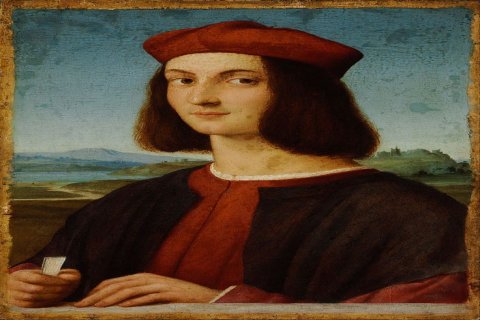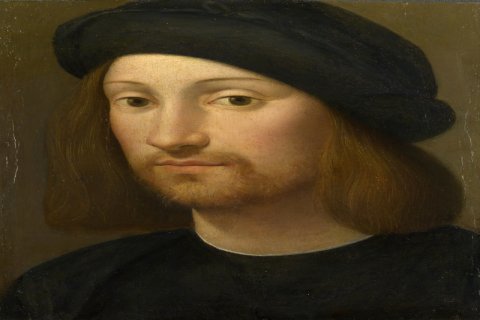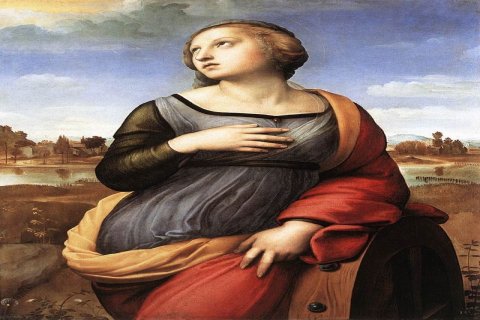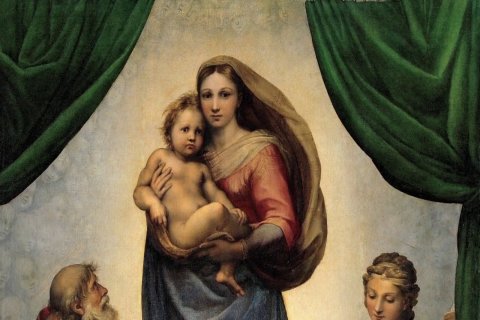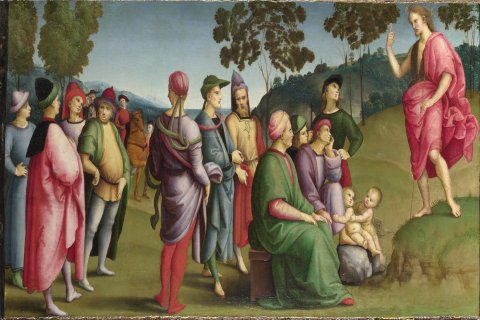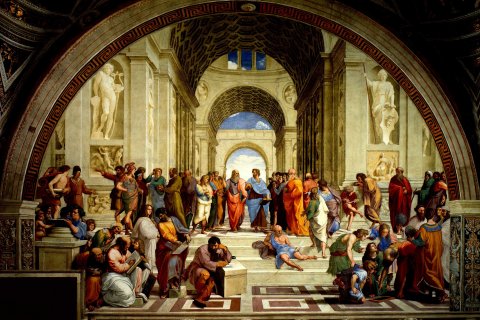Raphael
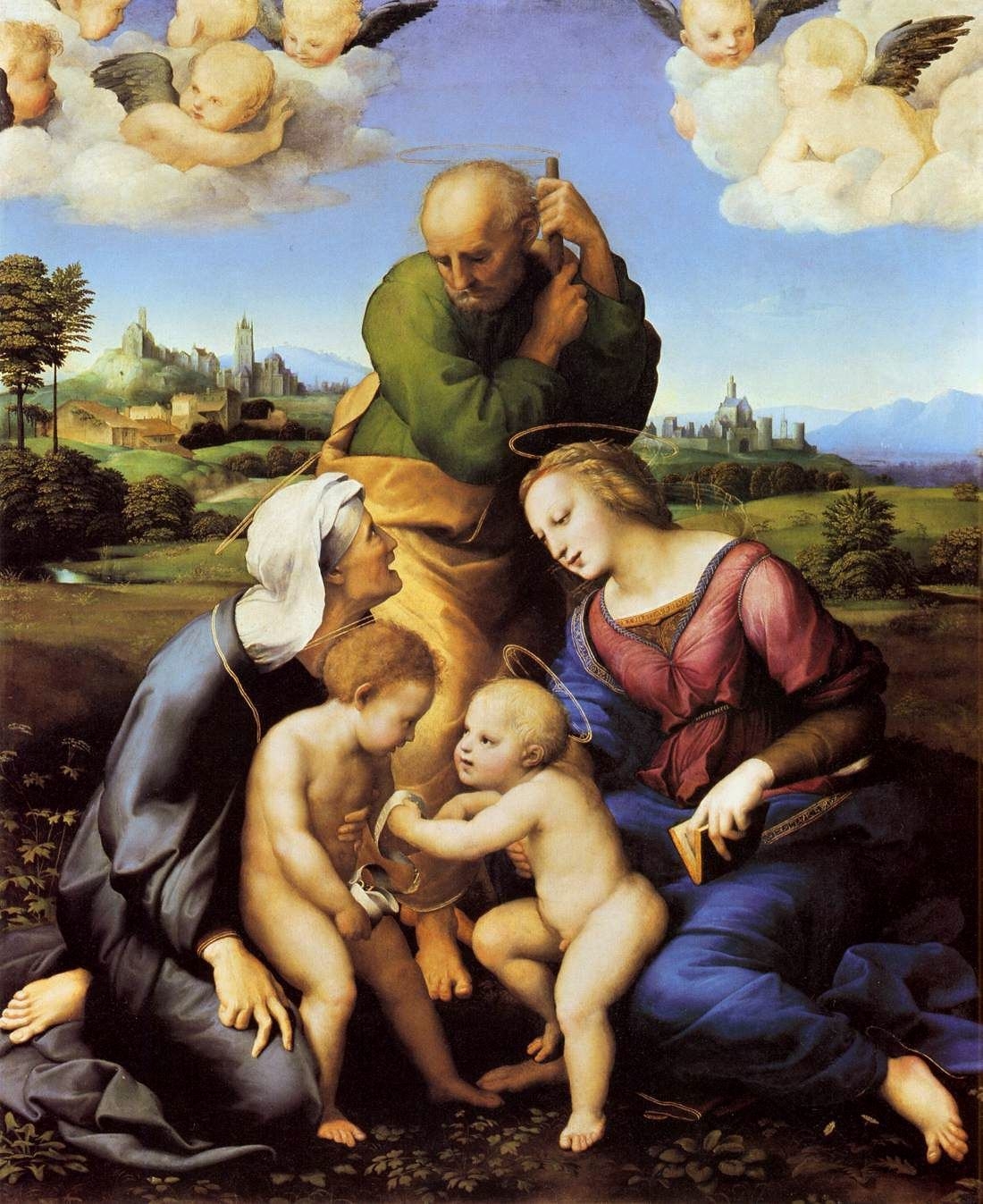
Raphael
Raphael, born Raffaello Sanzio da Urbino (April 6, 1483 – April 6, 1520), was an Italian painter and architect of the High Renaissance. Generally considered one of the three great masters of that period, along with Leonardo da Vinci and Michelangelo, his work is admired for its clarity of form, ease of composition, and visual achievement of the Neoplatonic ideal of human beauty.
Early Life and Training Raphael was born in Urbino, Italy, on April 6, 1483. He was the son of Giovanni Santi, a painter, and Magia Ciarla. Raphael showed early talent for art and began studying with his father at a young age. In 1499, he moved to Perugia to work in the studio of Perugino, a leading painter of the Umbrian school.
Career in Florence In 1504, Raphael moved to Florence, where he became influenced by the work of Leonardo da Vinci and Michelangelo. He quickly established himself as a leading artist in the city, and his work was soon in high demand. Some of his most famous works from this period include the "Madonna of the Goldfinch" (1506) and the "Portrait of Pope Julius II" (1511).
Career in Rome In 1508, Raphael was invited to Rome by Pope Julius II to work on the decoration of the Vatican Palace. He spent the rest of his life in Rome, where he produced some of his greatest masterpieces. These include the frescoes in the Stanze della Segnatura (1508-1511), the frescoes in the Loggia di Psyche (1516-1518), and the Transfiguration (1518-1520).
Death and Legacy Raphael died in Rome on April 6, 1520, at the age of 37. He was buried in the Pantheon, and his tomb was designed by his friend and fellow artist, Giulio Romano. Raphael's work had a profound influence on the development of Western art, and he is considered one of the greatest painters of all time.
Key Works
- "The Madonna of the Goldfinch" (1506)
- "Portrait of Pope Julius II" (1511)
- "The School of Athens" (1510-1511)
- "The Disputation of the Sacrament" (1508-1510)
- "The Transfiguration" (1518-1520)
Influence on Western Art Raphael's work had a profound influence on the development of Western art. His emphasis on clarity of form, ease of composition, and visual achievement of the Neoplatonic ideal of human beauty set a new standard for painting. His work was widely imitated by other artists, and his influence can be seen in the work of artists such as Michelangelo, Titian, and Caravaggio.
Legacy Raphael is considered one of the greatest painters of all time. His work is admired for its beauty, harmony, and grace. He is often praised for his ability to capture the essence of human emotion and his skill in depicting the human form. Raphael's work has had a lasting impact on the development of Western art, and he continues to be an inspiration to artists and art lovers alike.

